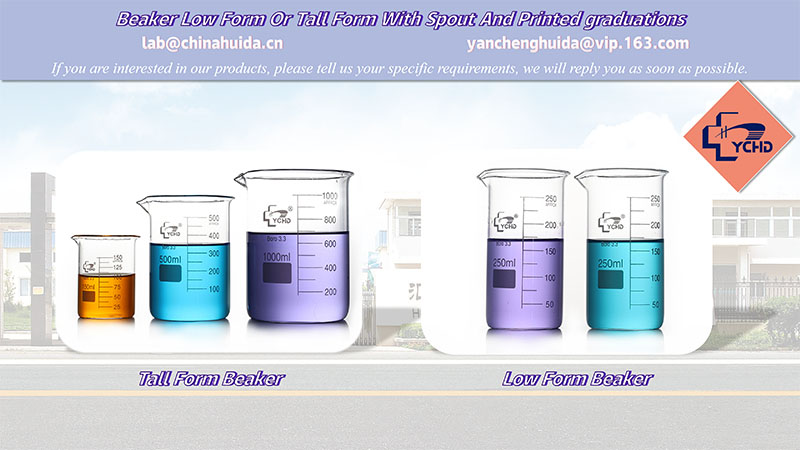Observing the influence of environmental factors on photosynthesis with leaf disc sink and float method
[Principle]
The gas in the mesophyll intercellular space is removed by vacuum infiltration method, and an aqueous solution is used to make the leaf discs sink in the water. In the process of photosynthesis, the leaf discs absorb CO-2 and release oxygen. clear glass beaker,Glass Beaker Price,Laboratort Beakers,Small Glass Beaker Because oxygen has little solubility in water, it accumulates between cells and the leaf surface. As a result, the sunken leaf discs float up. The length of time can measure the strength of photosynthesis. By changing the CO-2 concentration, temperature and light intensity of the measuring system, the influence of these factors on photosynthesis can be observed.
[Materials and Reagents]
Equipment: illuminance meter, thermometer, hole punch, syringe, small beaker, light source, constant temperature water bath, tweezers.
Reagents: C02 saturated aqueous solution (use a glass tube to blow about 100ml of water for several minutes, or use 20mmol/L) NaHCO-3 pH7.0, 50mmol/L phosphate buffer (other buffer solutions are also available).
[Methods and steps]
1. Take out leaf discs: select several sturdy leaves with similar leaf age and uniform thickness from the test plants (cotton, broad beans, greens, rape, castor, etc.), and use a punch with a diameter of about 1 cm to avoid Open the veins and lay out 60 leaf discs (or more for easy selection).
2. Vacuum infiltration: Put the cut leaf discs in a large syringe (30-50ml) and inject water. After removing the air in the syringe, block the injection hole with your finger, and pull the piston backwards forcefully, which will cause negative pressure and discharge the gas in the leaf disc. Then let go of the finger, and the water will enter the leaf tissue. Repeat this several times to make The leaf disc sinks. clear glass beaker,Glass Beaker Price,Laboratort Beakers,Small Glass Beaker Pour the sunken leaf discs together with water into a small beaker, and store in a dark place for later use.
3. Set up treatment: Take 6 small 100ml beakers, of which 2 are poured 20ml water (or pH7.050mmol/L phosphate buffer), and the other 4 are each added 20ml CO2 saturated aqueous solution (or contain 20mmol/L NaHCO3pH7.050mmol/L Phosphate buffer). Then put 10 leaf discs in each of the 6 small beakers (do not overlap between leaf discs), and place them under different light intensities and different temperatures, that is, set the following treatments (Table 10-1) to obtain different The light intensity of the beaker can be placed at a different distance from the light source lamp (use an illuminance meter to measure the illuminance at this place).clear glass beaker,Glass Beaker Price,Laboratort Beakers,Small Glass Beaker In order to obtain different temperatures, the small beaker can be immersed in ice in summer to obtain low temperature, and in winter, the small beaker can be immersed in warm water to obtain high temperature (measure the actual temperature with a thermometer).
4. Observation and analysis: Record the time required for each leaf disc in each beaker to float up. Compare the photosynthesis status of the cup leaf discs with the number of leaf discs floating up in a certain period of time or the average time required to float up, and analyze the influence of light, temperature, CO2 and other factors on photosynthesis.clear glass beaker,Glass Beaker Price,Laboratort Beakers,Small Glass Beaker
Post time: Nov-23-2021





